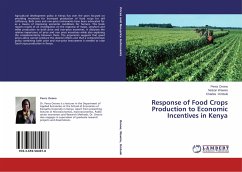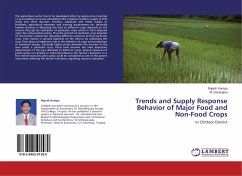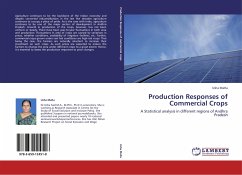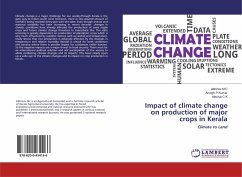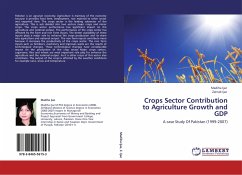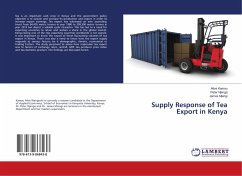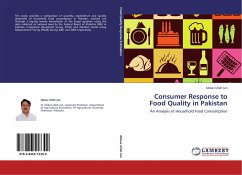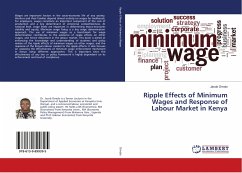Agricultural development policy in Kenya has over the years focused on providing incentives for increased production of food crops for self sufficiency. Both price and non-price instruments have been advocated for as a means of improving economic conditions for farmers. This book reports results of an investigation on the response of maize, sorghum and millet production to both price and non-price incentives. It discusses the relative importance of price and non price incentives while also exploring the complementarity between them. The arguments suggests that good prices alone cannot produce the desired effects and that a comprehensive policy combining both price and non-price instruments is needed to raise food crops production in Kenya.
Bitte wählen Sie Ihr Anliegen aus.
Rechnungen
Retourenschein anfordern
Bestellstatus
Storno

